Here’s an age-old question: can you do a groutless tile installation? Well, the short answer would be a simple no – you should not attempt to install tile without grout.
Why’s that, you might wonder. It’s not like grout adds to the stability of the tile installation (unless we talk about a few exceptional cases) so why is grout necessary?

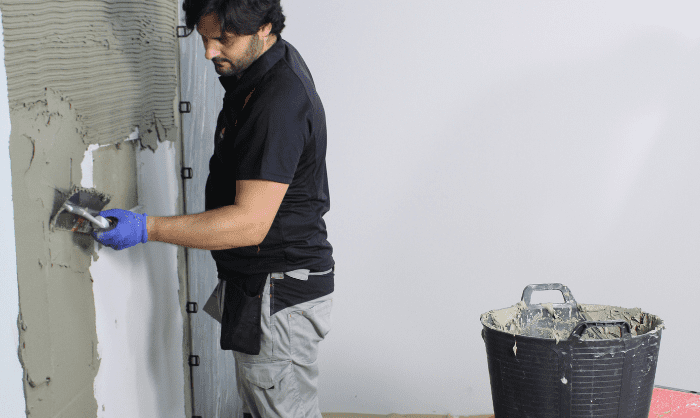
Simply put, various natural materials, such as stones, are manufactured for use with a pretty consistent size. Not to mention, most of them look identical. That is why a newcomer’s first instinct might be to install them without grout lines.
There is also the argument that groutless tile installation simply looks better and makes the work seem more compact or put together. Still, experienced contractors will tell you that this isn’t a good option, and even the thinnest of grout lines can make a big difference.
Don’t Do a Groutless Tile Installation: Here’s Why You Need Grout
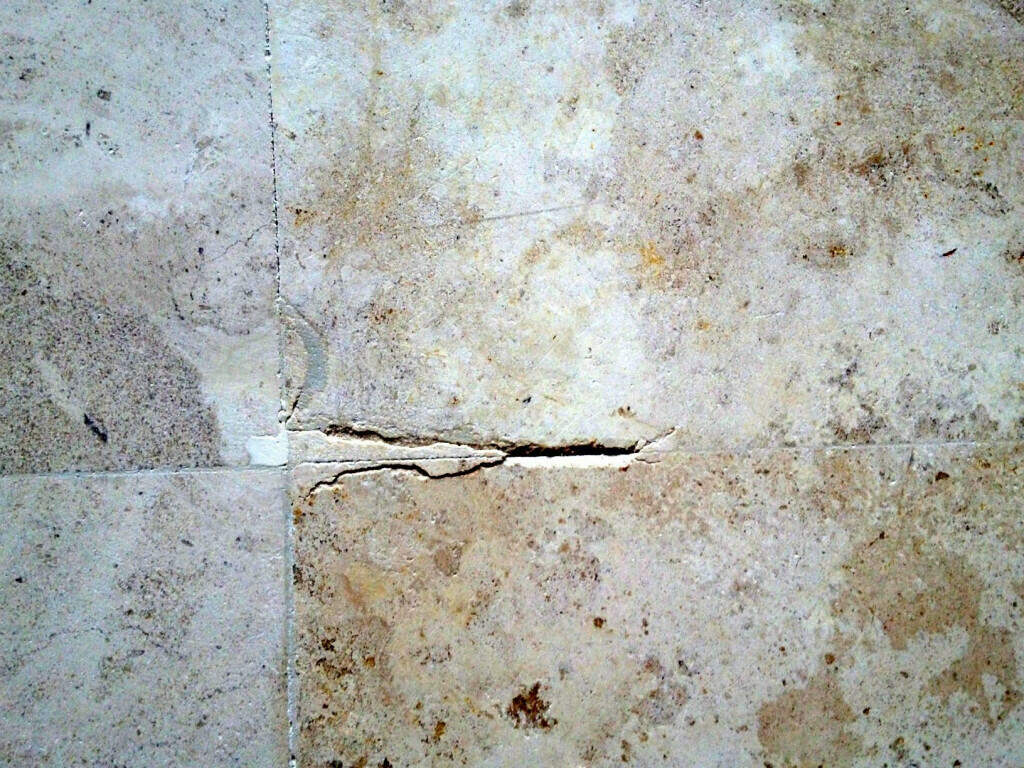
Understandably, most installers have a love-hate relationship with grout. It takes up a lot of time, and it requires meticulous work. There are cases when laying tile without grout will probably leave the job looking a lot better.
But here’s the thing: if you want the job to last, then you need to use grout. Groutless tile has a higher chance of breaking, meaning that you would need to resume the work.
With these considerations in mind, this article will discuss some of the reasons tilling without grout is an ineffective method and why you should stick to the traditional practices.
Tiles Are Not Identical
Your tiles might look like they have the same size, but chances are they don’t. The differences could be relatively small and impossible to notice without measure, but they can interfere with the groutless installation process. When you put the tiles together, those tiny irregularities will add up, making the final result look a bit off and unprofessional. The last thing you want after you’ve worked for hours to install tiles is to notice that they are not aligned properly.
Grout allows you to mask the differences in tile sizes and control the outcome. In fact, even the smallest lines can make the tiles fit perfectly with one another, giving the final result a nice symmetrical look.
Material Might Get Caught Between Tiles
Regardless of the size of the project, certain elements might get between your tiles if they are not grouted. It can be dust, dead cells or other debris that will find a way between your tiles no matter how compact you think the installation looks. Grout can prevent such scenarios.
You can spend hours putting the tiles together and be pretty satisfied with the result. But without grout, there will always be a tiny space between the tiles that acts like a magnet waiting to attract debris. In time, these small differences between the tiles will have gathered enough dust and debris to ruin the entire ensemble.
Don’t assume that you can just clean the tiles after the installation process is over. That can prove to be quite a difficult task because even the slightest mistake is enough to damage one of the tiles and require you to work more than you’ve initially planned just to fix the error.
One of the easiest ways to avoid this nightmare scenario: you’ve guessed it – use grout when you install tiles.
Yes, They Move
Another reason you should reconsider the entire concept of groutless tile installation is that tiles move. Because the edges of the tiles will continuously rub against each other, they are likely to chip or even break at some point. Which, let’s be honest, is not ideal.
Sure, there are other tips and tricks you can use, but they only minimize the impact and don’t stop the tiles from moving and rubbing against each other. Grout, on the other hand, acts as a buffer and prevents the tiles from making contact while they expand or contract.

What You Can Do
It’s not all bad. After all, grouting is like the biggest, most impressive scene right before the grand finale. It’s the last step of your tile installation process. At the end it even completes the entire look for your work. It is the key difference between tile work that stands the test the time and those that end up in need of tweaks.
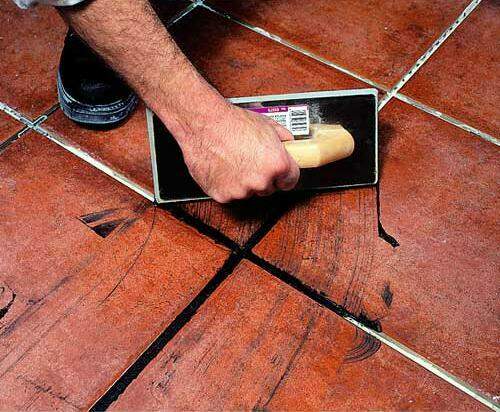
Above all, remember what the ANSI specification says about the minimum grout joint size (A108.02-4.3.8):
“To accommodate the range in facial dimensions of the tile supplied for a specific project, the actual grout joint size may, of necessity, vary from the grout joint size specified. The actual grout joint size shall be at least three times the actual variation of the facial dimensions of the tile supplied. Example: for tile having a total variation of 1/16″ in facial dimensions, a minimum of 3/16″ grout joint shall be used. Nominal centerline of all joints shall be straight with due allowances for hand-molded or rustic tiles. In no circumstance shall the grout joint be less than 1/16″.
The biggest issue you might face with the process of grouting has a lot to do with getting the right thickness for the mix or having it dry solid before you even get the chance to use it. To know how the pros grout tile, read our guide to prepare your grouting material, how to apply it and how to remove it.
What about Rectified Tiles?
You might have heard about rectified tiles and wondered if these mechanically cut materials don’t require grout for the installation.
So, is that true?
Rectification is a mechanical process that requires milling the edge of the tile at a specific angle, which suggests that the materials will have the same size. As such, you can install them without worrying that the final result will look unaligned and unprofessional. That happens because this process allows you to cut each tile to the same size, with an accuracy of 0.2 mm. Rectification works for both floor and wall tiles.
Tiles that have gone through this process are popularly believed to be freed from the necessity of grout because of their nearly identical size and perfectly cut edges. However, that is not exactly the case.
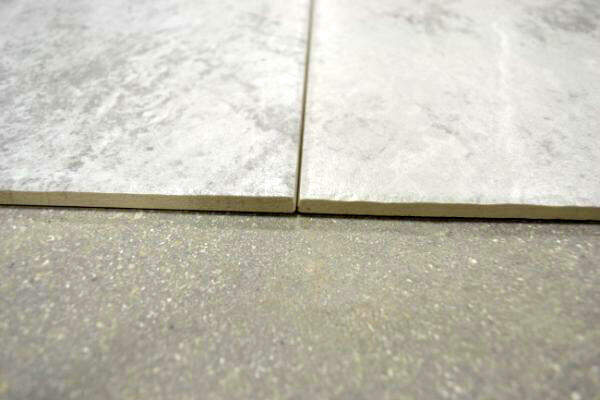
Even if rectified tiles allow you to avoid using grout without having the result look unaligned, the materials are still in danger of being chipped or damaged. Perfectly cut edges will not perform better than regular tile when friction occurs, so they can still cause a variety of problems if you opt for a no grout tile installation.
In truth, rectified tiles allow for a thinner grout line. But, the misconception that they can go groutless might leave your work looking unprofessional. Rectified tiles still very much rely on grout if you want them to withstand the test of time. However, you’ll find that their grout lines can be a lot harder to notice in the case of these rectified tiles.
The Sanded vs. Unsanded Debate
Most specialists have a pretty good understanding of the differences between sanded and unsanded grout; therefore, we won’t go into too many details.
Sanded and unsanded – these are the two most common grouting materials. It’s not a debate per se, but you need to be able to choose the right grout for your type of work to properly complete the job. We’ve mentioned that grouting your tiles ensures that your work will be long lasting. Well, having the right grout material for the right type of work also plays a major role in the success and durability of your project.
Use unsanded grout for lines smaller than a ⅛ inch wide since it will shrink as it dries. If you’re working on vertical surfaces, you’ll find that it’s a lot easier to use unsanded grout for wall installations, given that it is a lot stickier than other materials. As a result, it won’t fall off as you try to fit it into the grout lines.
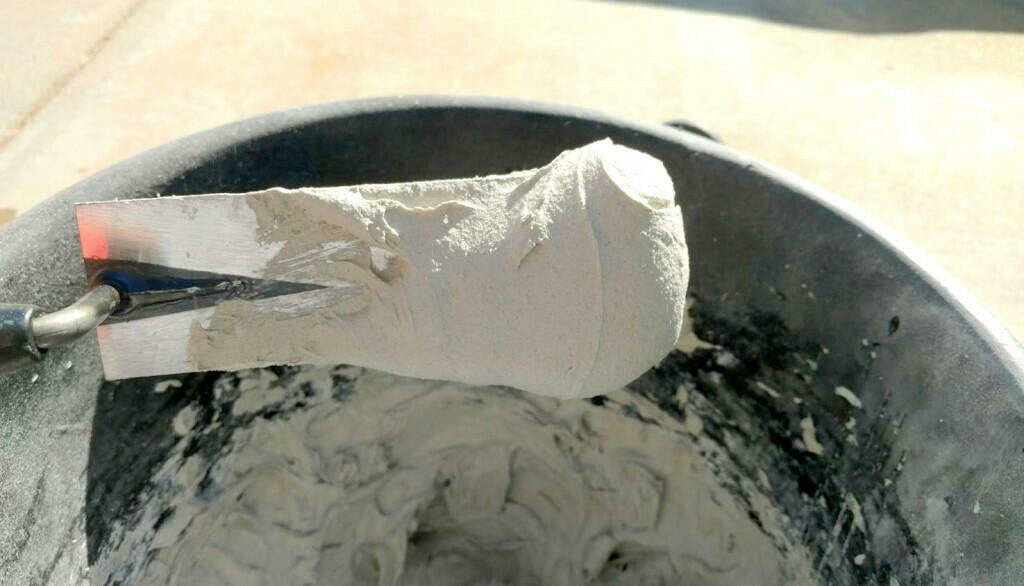
On the other hand, sanded grout will work better for wider grout lines. If the name’s not a good enough clue, know that this material has fine sand added to stop it from shrinking as it cures. Though it can be used in smaller grout lines just as well, it’s a lot easier to apply it to larger lines.
However, with sanded grout, you also need to pay attention to the type of tile material you’re using. In some cases, sanded grout might not react positively with these materials as the sandy texture can scratch the tiles. Make sure to test it before using it to check if the mixture will scratch the surface of the tiles.
In a Nutshell
Yes, it’s technically possible to do a groutless tile installation, but as the article pointed out above, it’s not exactly worth it. There are three main downsides to skipping the grout when installing tiles:
- If the tiles are not identical, they will appear unaligned;
- Dirt can get beneath them and damage them in the long run;
- Movement can lead to breakage.
So what happens if one of your clients insists on skipping the grout? Well, you should try to talk them out of it. Of course, in the end, it’s their decision to make, but try to help them understand why grout is important. Some might desire a compact look, and think the grout simply disrupts the pattern of the tiles. Try to make them see that the benefits of grout will ultimately serve them in the long run. After all, it’s very likely that many will prefer choosing something that lasts longer, rather than opting for a few months of “looking pretty.”
Have you installed tiles without grout? What are thoughts about groutless tile installation? Let me know in the comments below!


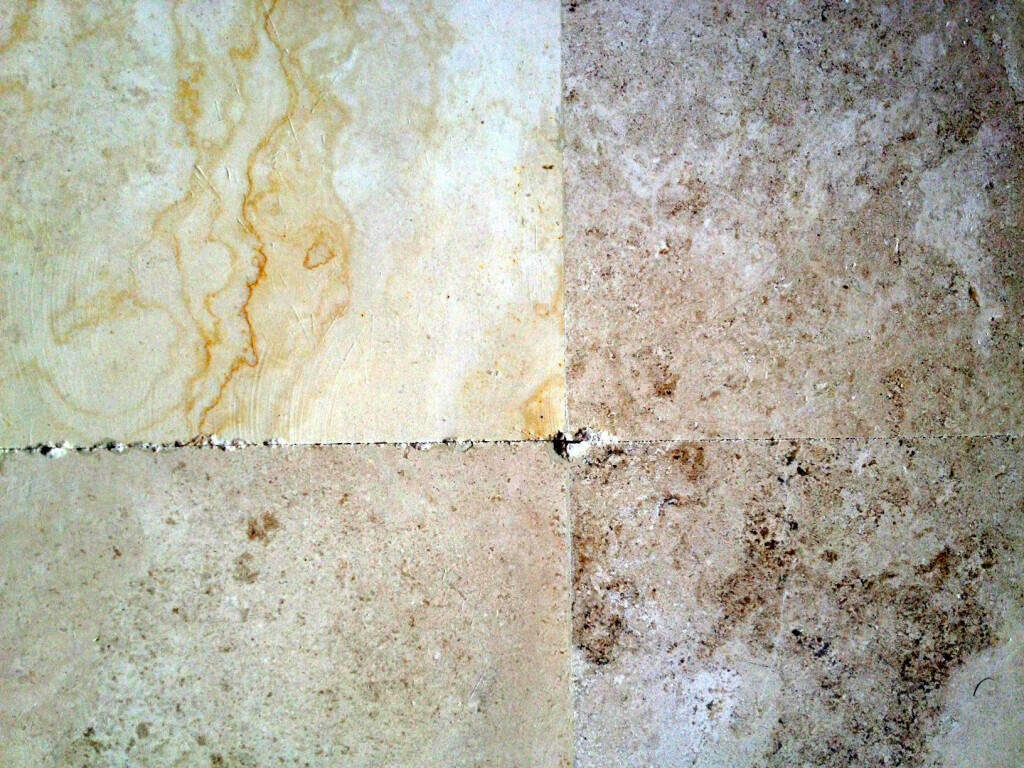
Hey, I think your website might be having browser compatibility issues.
When I look at your website in Ie, it looks fine
but when opening in Internet Explorer, it has some overlapping.
I just wanted to give you a quick heads up! Other then that, great blog!
Hi, I think your blog might be having browser compatibility issues.
When I look at your website in Firefox, it looks fine but when opening in Internet Explorer, it has some overlapping.
I just wanted to give you a quick heads up! Other then that, amazing blog!
If this can be wooden then eventually this can start to rot causing difficulty
with your roofline. You can try to remove it
manually, but between the time it takes and the risk of hurting yourself along with the tile, this
can be one region where receiving a professional intend
to do it makes a lot more sense. As with nearly all troubling situations in daily life prevention is obviously better than a
cure and so it can be with tile cleaning as well.
Can you use a silicone based grout. I am thinking about more flexibility.
Your blog is really helpful it gives so much information and ideas.
I have glass tile with beautiful beveled edges in the store I did not see grout between each piece. Does the same go for glass
You ALWAYS need to use grout. You’ll have to work carefully in this case because it can be difficult to get the grout inbetween beveled corners.
My kitchen guy was telling me that he has grouted the tiles to the walls and no grouted between tiles as it’ll give a seamless effect and insisted on no grouting between tiles on the splashback. He said splashback is ok. Is this true?
It’s not what we recommend. The better way to do it would be by spreading adhesive on the wall, laying the tile onto the adhesive with spacers and levelers, and then grouting between the tiles. This is the more common way of laying any tile installation, including on a wall.
Your kitchen guy only cares about what it looks like the day you give him a check. He doesn’t care what it looks like 10 years from now. You do. I hate grout. We all hate grout. There are many reason we’d all like to skip grout. Of course it will give a seamless appearance without grout, that’s because there will be no seams! Unfortunately, as this web site is making explicit. grout is necessary. Skipping grout is not an option, so the only option is to use a thin grout line and use a grout color that will match the tile
Got guys in tiling bathroom.
Using spacers horizontally but none vertically so tiles butt up to tiles yet need grouting horizontally!
These are two experienced builders here, am I to question them?
Hi Mike. That’s hard for us to say without seeing their work in person. But you are the client. You have every right to ask what they are doing, how they are doing it, and why they are doing it that way. Just be polite and honest about your question. They are professionals. If they are good at their job they will be able to tell explain what they’re doing.
We let them install our tiles without grout and were assured that they would fit so tight together that grouting wasn’t needed. Looked beautiful for about a day then wow, what a mistake!!! Every-day dirt got in there and it’s awful. Does anyone know a way to fix this? Thank you!
Hi Marilyn. If the tiles are layed too close together to fit grout inbetween them, then you’ll have to de-install them and start over… Sorry they did your installation so poorly.
My wife and I were assured by the fabulous designer at a certain f&d store that the glass subway tiles could be installed without grout. After reading the previous comments and replies, we’ve decided to use grout, but would like to keep the tiles with the smallest space possible. Any suggestions on the minimal spacing size and the type of grout that would work best. It is a wall next to a soaker tub. Thanks, in advance.
Hi Craig. We’re glad you read our blog. It would have been a disaster in the long run to install your tiles with no joints at all. In your case, the smallest grout joint we’d recommend is 1/16 inches. If you want to keep your tile installation looking as close as possible to how it would with no grout at all, maybe using *transparent* grout will help you achieve that look.
You know, that’s why I like to DIY and never ever trust “experts” or “pros.” Too many people just don’t know what they are talking about. This “fabulous” designer you have, has she ever layed a tile in her life? And has she ever seen one of her consults 10 years later? Is she even 30 years old? I always feel like I need to do my own research and know the subject at hand before I listen to anyone’s advice.
The tiles I have are very thick and look like old barn wood planks. Using grout would make them look like tiles. No grout and it would look like an authentic wood floor. Suggestions?
Hello Phill. Any tile installation requires a grout joint. If you don’t have grout joints between your tiles, they will crack and chip very quickly and your tile installation won’t last very long and won’t tolerate the wear and tear of being walked on. A grout joint between 1/8 and 3/16 of an inch should be fine for most wood-look tiles. You can also use a black or brown colored grout so that it doesn’t look as noticeable.
I had a tile floor put in my 14′ x 14′ study in 2012 with zero grout. I wanted a more contemporary look. The tile I bought said it was precision cut for that option. 10 years later it is still perfect. It was put over a slab floor by a professional installer. So I was under the impression that this is a normal option. After reading a lot of horror stories about it, it would make me think twice about doing it again. Thanks for the warnings. FYI, the temperature range has even exceeded 40 F and no broken tiles.
Oh! Oh! I wish I had come across this article earlier before the job got done this week. I was given the choice by my landscaper. I failed to ask the pros and cons. The landscaper was in favour of no grout so this is what I agreed to. We have just laid 150+m2 of outdoor porcelain tiles. Just like you say, they do not align perfectly so it makes the tiling job look poor. Too late now. I cannot afford to ask for it to get laid again. What to do now!!! Any advice on salvaging the situation would be greatly appreciated.
Hi there! Sounds like you might be stuck with the groutless job for now. If there’s no space between the tiles to put the grout, there’s no way of fixing it without uninstalling everything and starting over. You can save money by DIYing the second installation. Our blog has all the information you could possibly need to figure out how to do the installation yourself. It’ll take you a lot of time and it’ll be a lot of effort, but if you really want to do the installation over again, you’ll save a lot of money this way.
Hi professionals!! Need some advice! My glass tile install is at the grout phase….the manufacturer says the Rippled pattern is designed to be installed without grout..my contractor disagrees but has never installed this pattern…what are your thoughts?..it is made by Ocean Mosaics and is called Ripple Spring Melt Grey Wavy Glass Mosaic. I can send a photo if needed. Thanks!!!!
Hello Sharon. Rippled tiles should in theory be treated the same way as any other type of tile. The only difference between rippled tiles and non-rippled tiles is that their surface is textured differently, but this should not impact the way it is installed. At RUBI, we always recommend using grout lines. That said, we can only attest to how tile installations generally work, and you are asking about a specific tile that the manufacturer has told you should be installed without grout. In this case, the best thing to do would be to give your contractor the phone number of the tile manufacturer and see if they are able to explain to him why they don’t recommend using grout lines.
Thank-you for your guidance.
With 1/16 grout lines, is there a specific type of grout that will improve performance and stability? I am assuming sandless. What about adding some kind of polymer? Could I use caulking instead?
Hello. Don’t add ingredients that you aren’t instructed to use according to the grout’s instructions. Grout is a better option for tiles than caulk.
Nooooo!!!!!! Caulk is evil under all circumstances. Caulk may be necessary in many places (not as tile grout of course), but no matter how/where/what, caulk will fail in relatively short order and it can’t be renewed easily, it’s evil!!!! Grout is stone and is far superior to any caulk. It’s like comparing brick to duct tape.
Using coral from the ocean and rocks for the walls of outdoor shower. Do I need to use grout as well as thinset??
Hello. Sounds like an interesting project. From the sound of it, you’re making a mosaic and you might choose to only use thinset.
Great guide. The question about being able to tile without grout is one of the most common we get without customers. In Polish conditions and considering the lack of ideal tiles, we almost always advise against such a solution. It is definitely best to lay tiles according to the manufacturer’s recommendations. We have yet to encounter a technical specification confirming the possibility of laying tiles without grout.